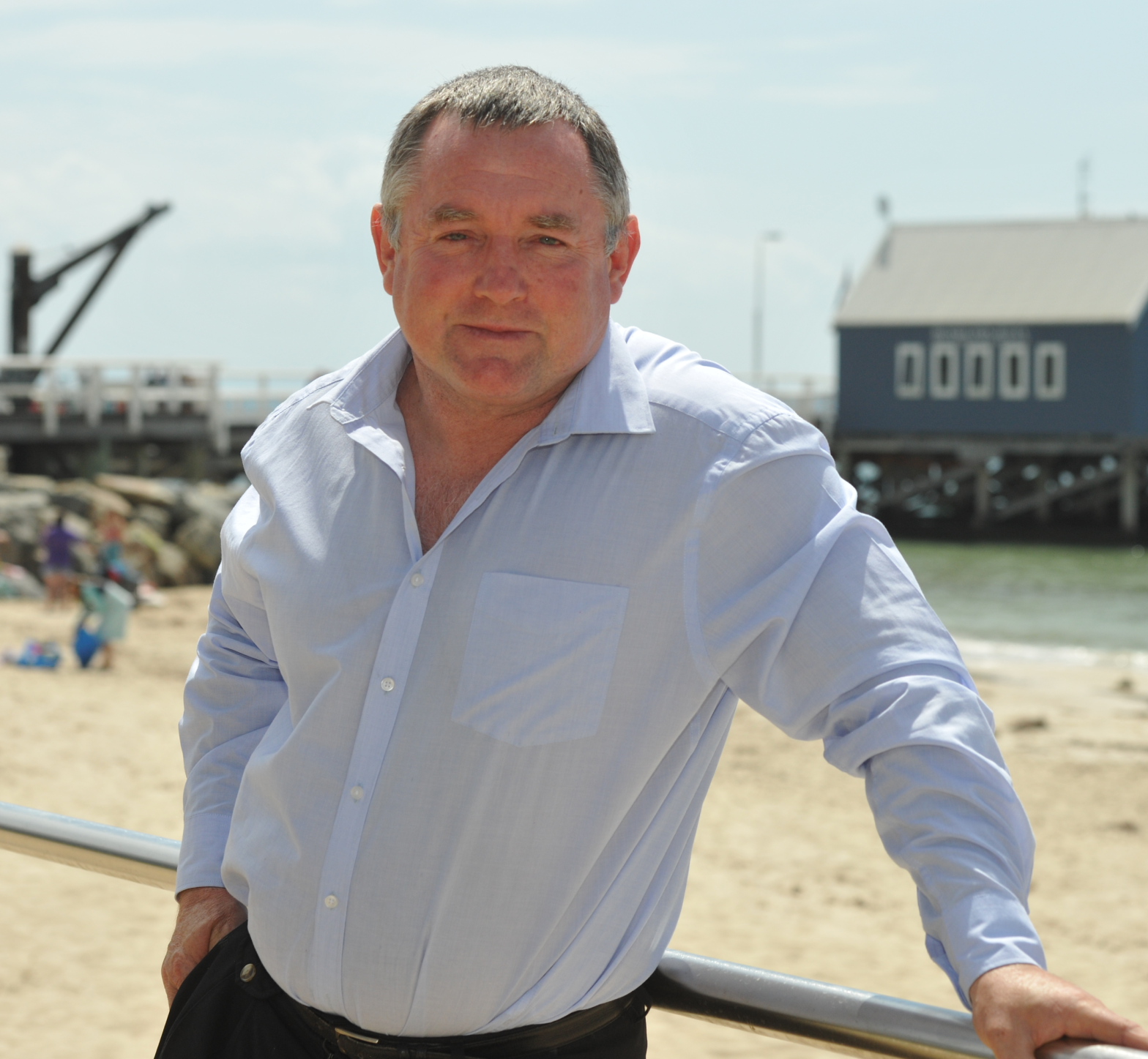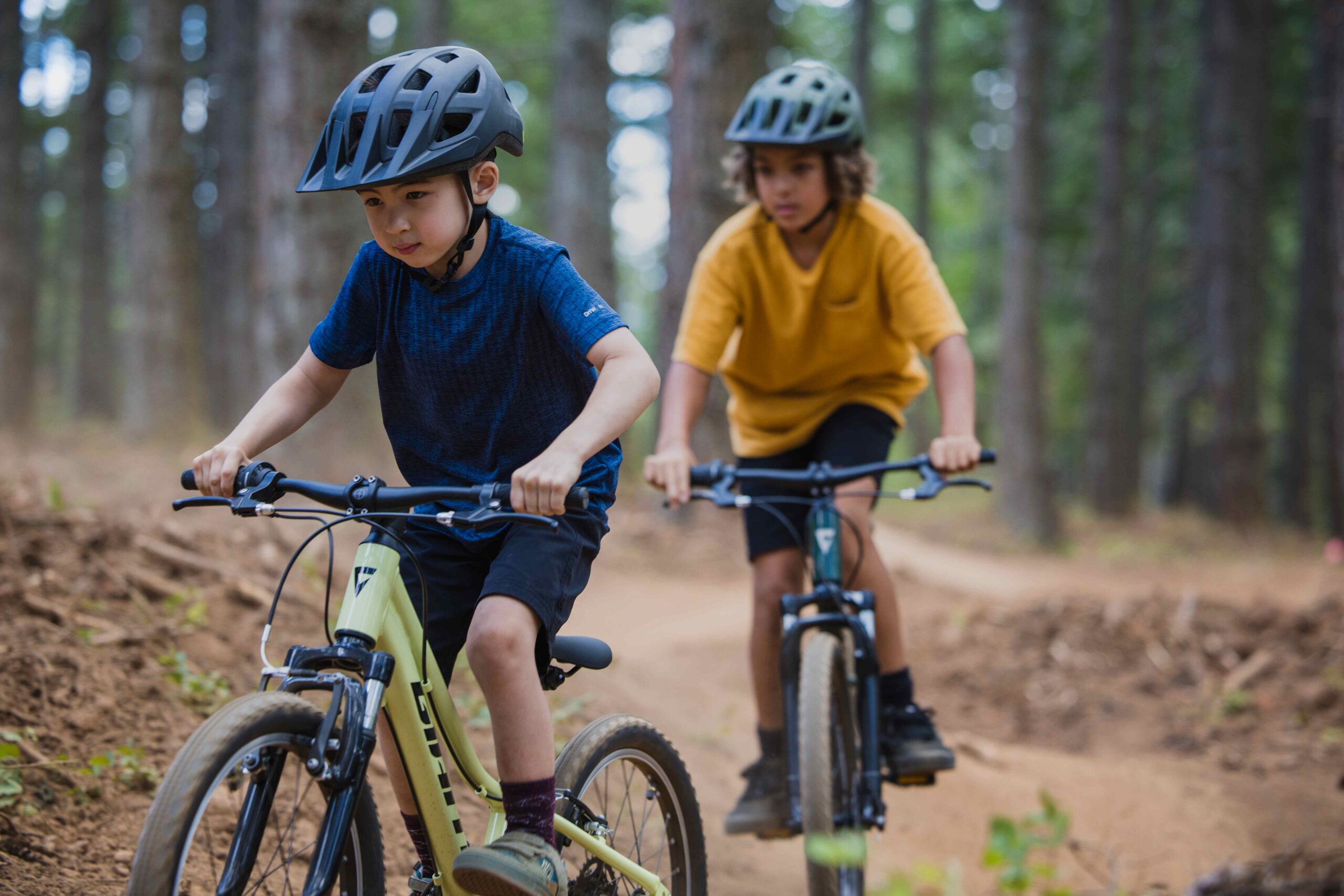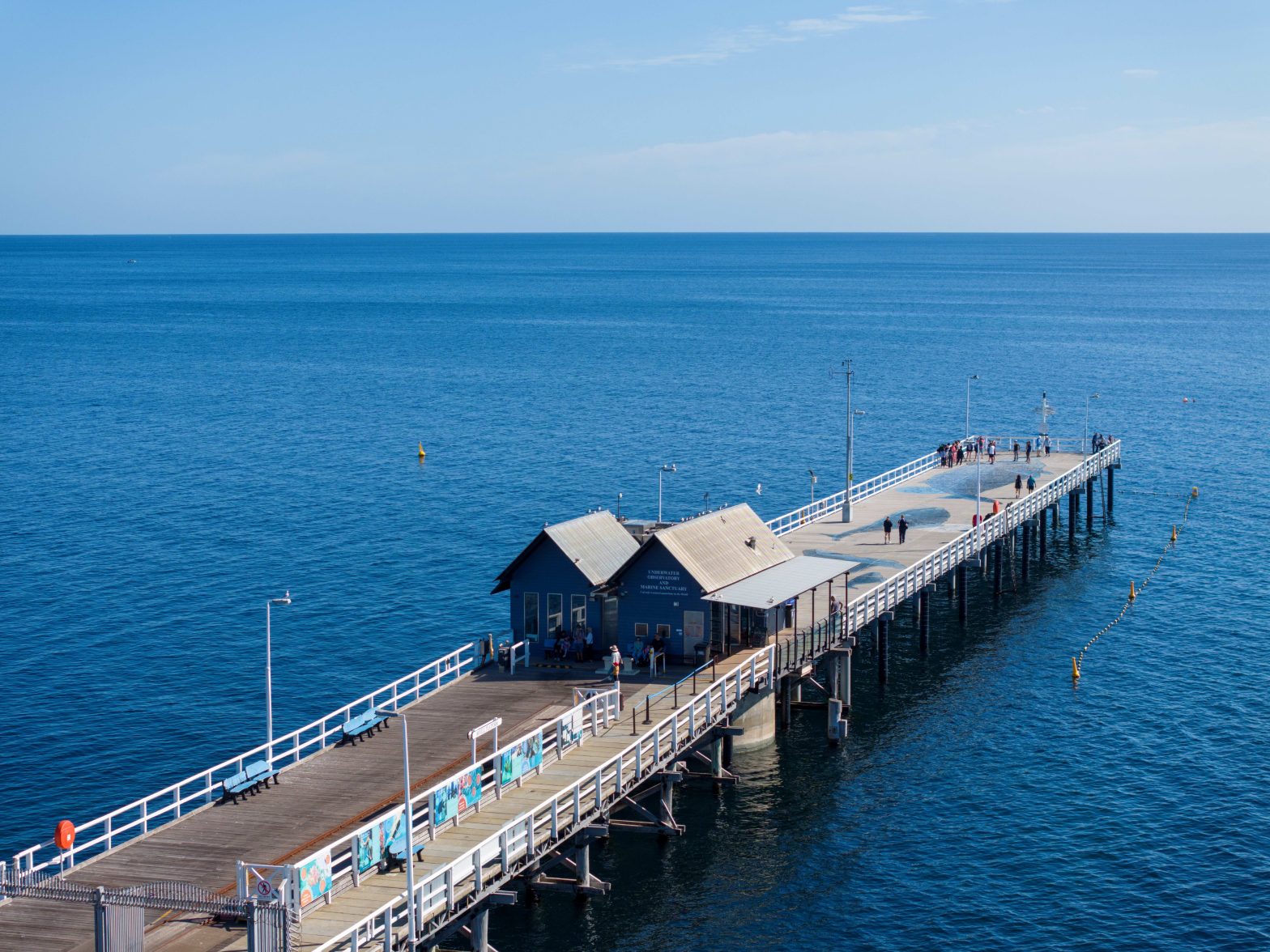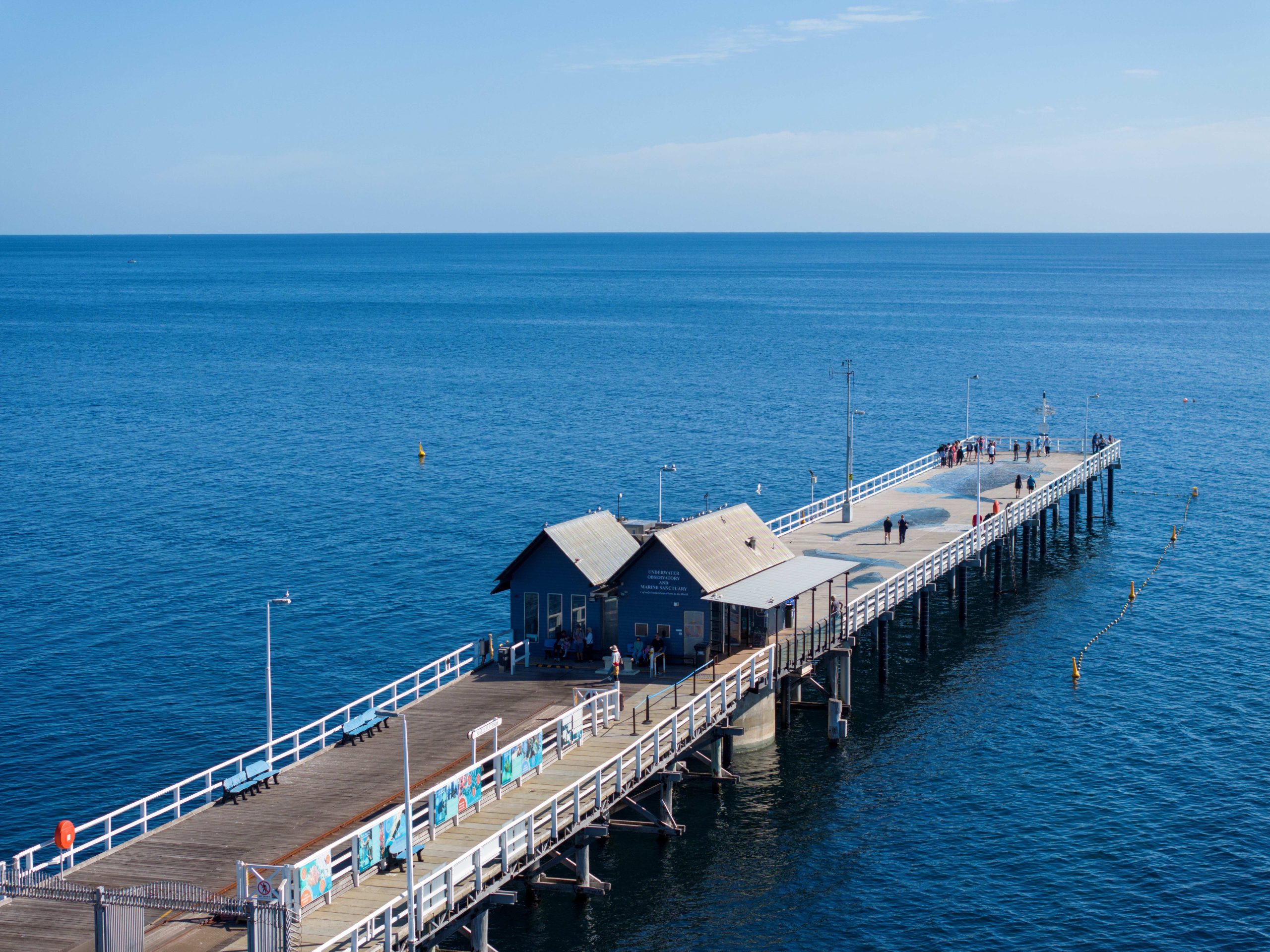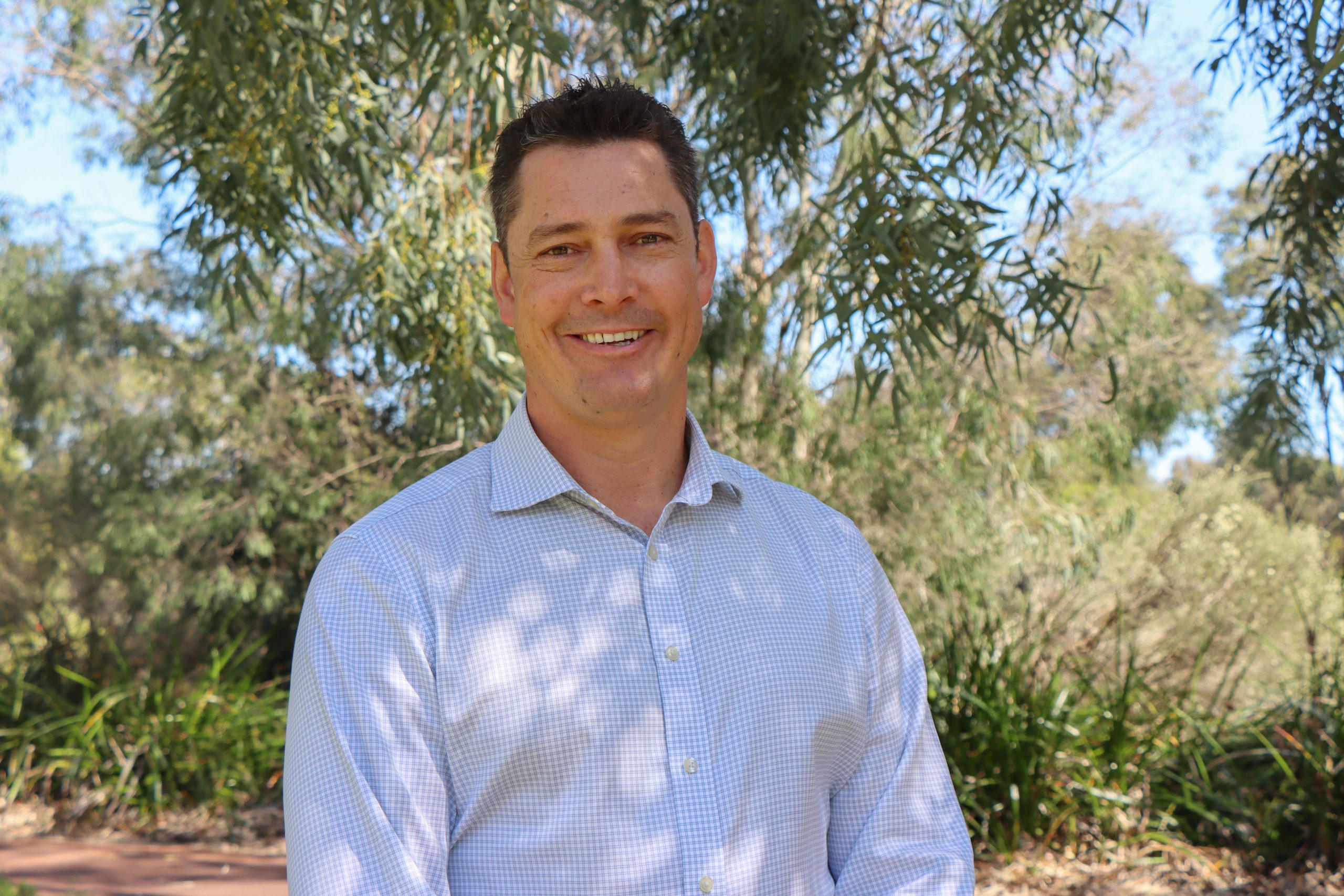Geographe Bay wind farm proposal raises concerns
Geographe Bay stands among Western Australia’s most treasured scenic spots, where migrating whales breach and break the surface of pristine waters and fishing boats dot the horizon.
Surfers, families and ocean lovers flock to this aquamarine haven year-round, drawn by its iconic beauty and integral role in the local culture.
“There are few places around Australia, like Hervey Bay in Queensland, where people have this enormous recreational and cultural connection to an area of water,” Dr Steve Thomas, Member for the South West and Shadow Minister for Energy explained.
“This doesn’t happen in a lot of places. But it does in Geographe Bay.”
This cherished connection and unique part of the world now faces an uncertain future as a proposed wind farm zone.
The Proposed Wind Farm
In February, the Commonwealth Government announced a significant proposal that could reshape Geographe Bay’s future.
The plan initially earmarked 7,674 square kilometres for potential offshore wind farm development, with its closest point just 20 kilometres from shore off Cape Naturaliste and Bunbury and 36 kilometres from Busselton.
The proposal details the construction and operation of up to 200 wind turbines in Commonwealth Waters, each capable of generating up to 25 megawatts.
Once fully operational, this development is expected to produce over 3.0 gigawatts of electricity, potentially generating up to 11 terawatt-hours of power annually.
Additionally, the project includes associated substation platforms and export cables to facilitate the transmission of electricity onshore, integrating it into the local grid or other power infrastructure.
What does this mean for the local community and their much-loved Geographe Bay?
At its core, Mr Thomas believes this proposal is mislocated, and the costs are substantial – not just financially. It will cost the community a cherished connection and, most importantly, its voice.

“I’m not opposed to wind farms per se. Not at all,” he told the Mail.
“This one is just in the wrong location for many reasons. There are far more suitable sites than Geographe Bay! Once you establish the wind farm zone, the people of the south west completely lose their voice.
“If Peter Dutton becomes prime minister, the local community will have a say regarding future proposals for wind turbines in Geographe Bay. Conversely, if Anthony Albanese is elected, the community’s words will be lost and ignored.”
Federal Opposition Takes Stand
As debates surrounding renewable energy intensify across Australia, the Federal Opposition’s decision to abolish the proposed 4,000-square-kilometre wind farm zone brings significant optimism for the region’s future and for those against this zoning initiative.
This stance sharply contrasts with the Albanese Government’s ongoing support for the zone despite widespread local opposition. “I’ve opposed this proposal from day one,” Mr Thomas said.
“Initially, the Albanese government under Chris Bowen aimed to designate 7,000 square kilometres as a wind farm zone.
“While they have reduced it to 4,000 square kilometres, it still encompasses an expansive area in an unsuitable location.”
“Thousands of locals, tourists, and visitors use it for fishing, diving, boating, and yachting. It is an iconic location for lifestyle activities,” Mr Thomas said.
“The connection to this area for locals is immense.”
“The Albanese Government is now quite isolated in its support,” he added.
“While Federal and State Liberals oppose the proposal, even State Labor, through local MP Don Punch, has indicated that offshore wind isn’t viable for the foreseeable future, given the cost and complexity of the project.”
Community Connection and Concerns
The impact of the proposal extends well beyond the immediate coastal regions.
“From Margaret River to Augusta, if you’re a recreational boater, fisher, or surfer, you’ve likely spent a significant amount of time in Geographe Bay,” Mr Thomas explained.
“This Bay is a special and integral part of people’s everyday lives.”
Paul (Zippy) Szczypior, the owner of All Sea Charters Whale Watching in Busselton, observes this connection firsthand.
“We welcome 20,000 visitors annually for whale watching alone,” he said.
“Just this morning, we witnessed 29 whales enjoying their beautiful natural habitat. Recently, we had visitors from Brazil who specifically flew in to experience the whales and our incredible marine environment.
“Will the whales maintain their migration patterns? What about increased diverted shipping traffic in the bay? What happens if there’s an oil leak, and will it affect our birdlife? These questions need answers before, not after, decisions are made.”

According to Mr Thomas, the education sessions conducted by the Department of Environment failed to address these concerns.
He described them as “poorly organised and executed,” leaving attendees with more questions than answers.
“When will we know the impact on those who love and recreate in Geographe Bay?”
He noted that the exclusion zones surrounding the construction and operation of wind turbines could extend up to 500 meters or even a kilometre.
Still, the community won’t have answers for 10 to 12 years.
Despite this uncertainty, the wind farm zone is being declared now, effectively stripping the community of its ability to voice objections.
While environmental concerns dominate the opposition’s perspective, the financial implications of wind farms also contribute to the ongoing debate.
Economic and Environmental Realities
The project’s costs raise significant questions and concerns for many.
Local farmer John Fry, now residing in Abbey, views the situation through an economic lens rather than solely an environmental one, highlighting substantial statistics.
“The U.S. Energy Information Administration indicates that offshore wind costs $128 per megawatt hour, compared to only $40 for onshore alternatives,” he explained.
From his farm’s vantage point in the Donnybrook hills, Mr Fry can see potential onshore alternatives that could connect more easily to the Collie power grid.
“I’ve retired from farming at Donnybrook, and I would be very happy to have the wind towers put on my hills.
“I want to ask why Labor is talking about putting a wind farm in the ocean and not even considering an onshore wind farm?” Mr Fry said.
“I’m not as opposed to other people’s views on the visual or environmental impact, as they are a fair way out to sea. And I also don’t believe they will interfere with the whales and fish.”

Mr Fry’s concerns lie in the fact that if expensive power is put into the grid, consumers will have to pay more.
“While the US energy figures are from 2022, they remain largely accurate, with slight updates reflecting solar energy costs at $52 per unit. I believe solar energy is now less expensive than onshore wind,” he said.
“If you can put cheaper power in, which in my opinion is solar or onshore wind, then you’ve got a better deal for the community.”
Mr Fry raised another intriguing point on nuclear energy’s place in this equation.
“Nuclear sits precisely between onshore and offshore wind. Shouldn’t Labor also consider nuclear energy as an alternative to the more costly offshore wind development?
Adding to these economic concerns, Thomas highlights the harsh realities of offshore wind farms.
“They’ll break down sooner, rust away quicker, and nobody’s guaranteed that companies will remove the concrete and steel footings at the end of their life,” he said.
These practical considerations intersect with environmental impacts in complex ways.
While some argue that wind turbines create artificial reefs attracting marine life, Thomas pointed out a crucial irony.
“If fish are attracted to the turbine bases, but there’s a 500-metre exclusion zone in every direction, the outcome for fishing people becomes worse, not better.”
Recfishwest’s Operations Manager Leyland Campbell reinforced these environmental concerns.
“This zone contains critical fish habitat, including seagrass meadows and coral gardens, supporting important species like Dhufish spawning aggregations,” he said.
Project Scope and Reality
Despite the various opinions on the project’s impact, its key components are clearly visible.
While the zone is theoretically supposed to extend 100 kilometres offshore – “At an event last year in Bunbury, proponents acknowledged that most of the second 50 kilometres is too deep,” Mr Thomas said.
“No commercial operator will install turbines in that water. They will focus on the 20-50 kilometre zone, where people fish and engage in recreational activities, which will undoubtedly affect the community.”
Political Implications and Looking to the Future
The upcoming federal election can fundamentally alter the project’s course.
“Under Peter Dutton’s leadership, while the wind farm zone would disappear, companies could still propose projects, but they’d face genuine community consultation,” Mr Thomas explained.
“Under the current government, the community remains disempowered and disengaged.”
This situation is not about opposing renewable energy as a whole.
“The Liberal Party supports wind turbines and recognises the need to reduce emissions,” Mr Thomas said.
“However, this particular location, with its deep community ties and environmental importance, simply isn’t appropriate.”
The debate has united the south west community in unprecedented ways.
“You’ll struggle to find anyone who supports this wind farm zone,” Thomas said.
“Once established, the people of the south west completely lose their voice. That’s the key message here!”
John Fry offers a balanced perspective.
“While I’m less concerned about visual impact and trust the science regarding environmental effects, we must consider all implications. Coming from a farming background, I appreciate the significance of economic viability in any project.”
While the proposal represents a step toward renewable energy targets and cost considerations are a factor, the community’s connection with Geographe Bay remains firmly at the heart of the discussion.
“We love the bay and the ocean,” Paul Szczypior said.
“As a business and community, it’s everything to us. These decisions will impact generations to come.”
The proponent, Leeuwin Offshore Wind Farm, was contacted for comment and did not respond in time for publication.

